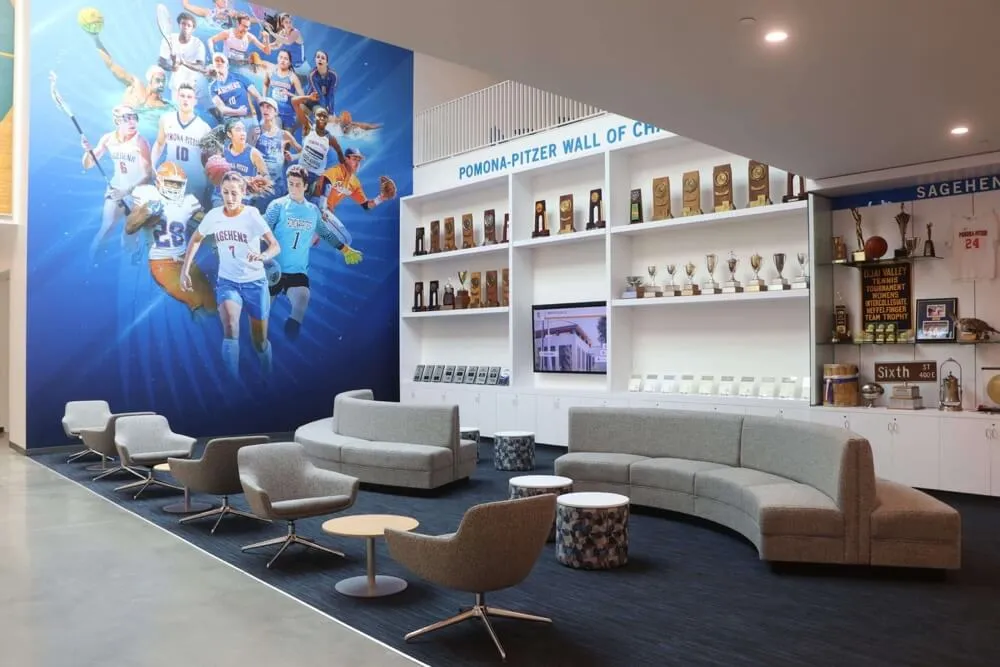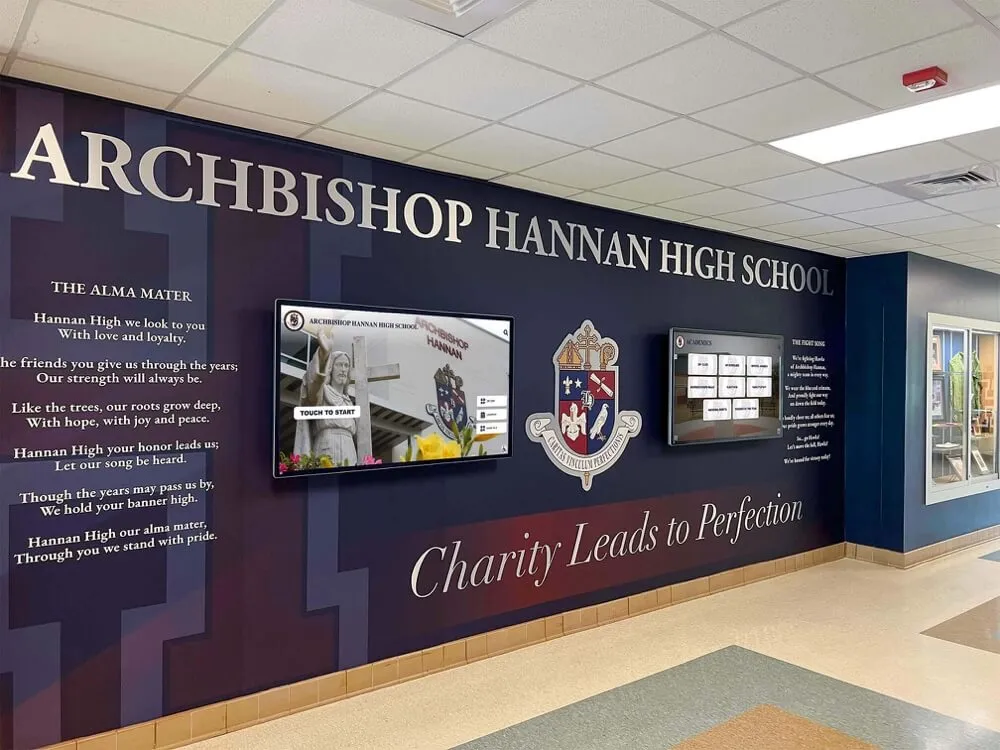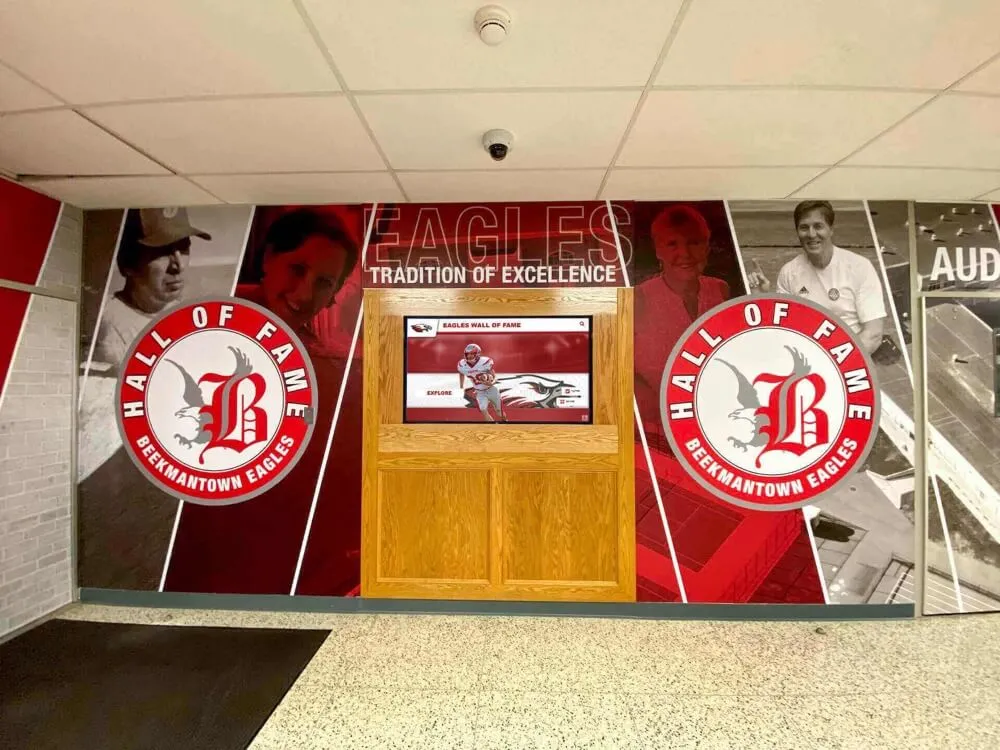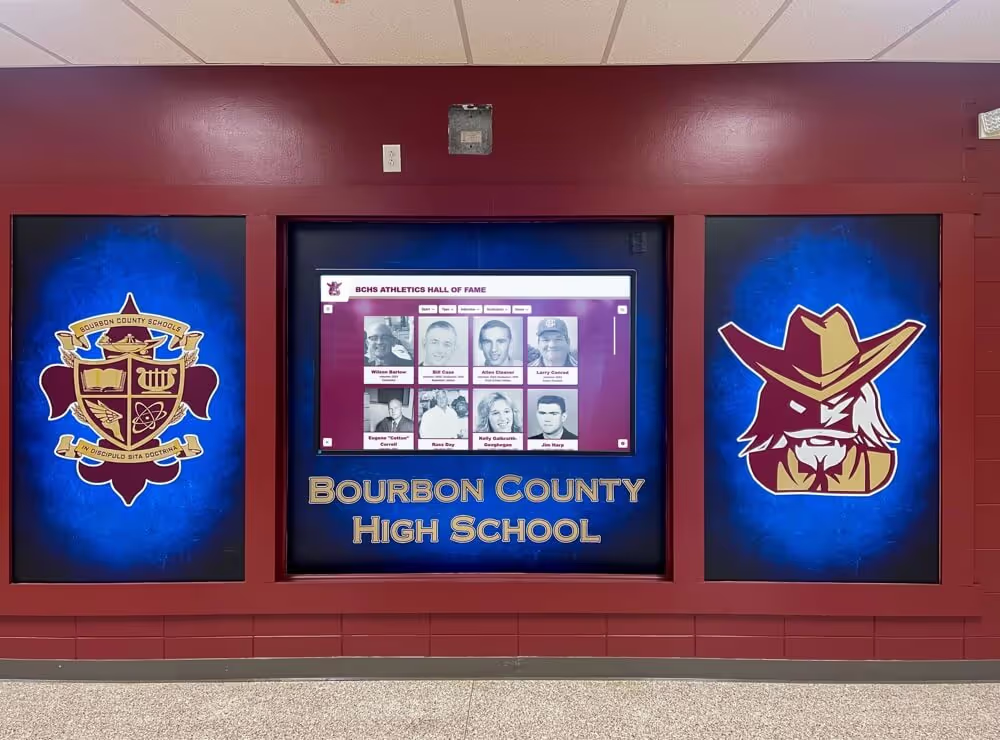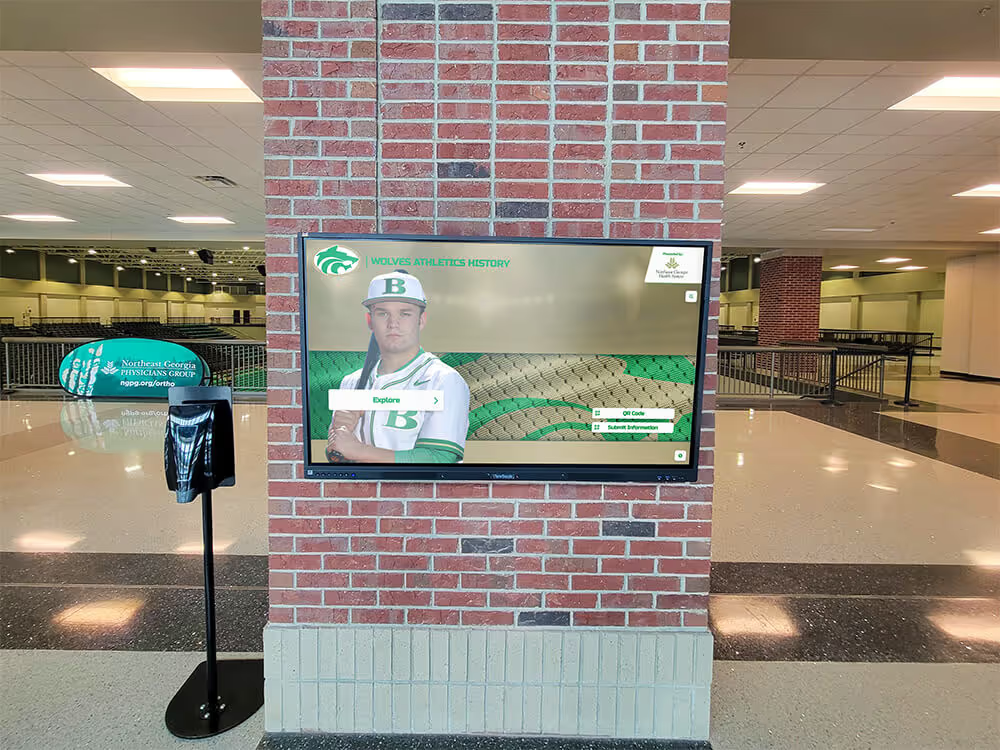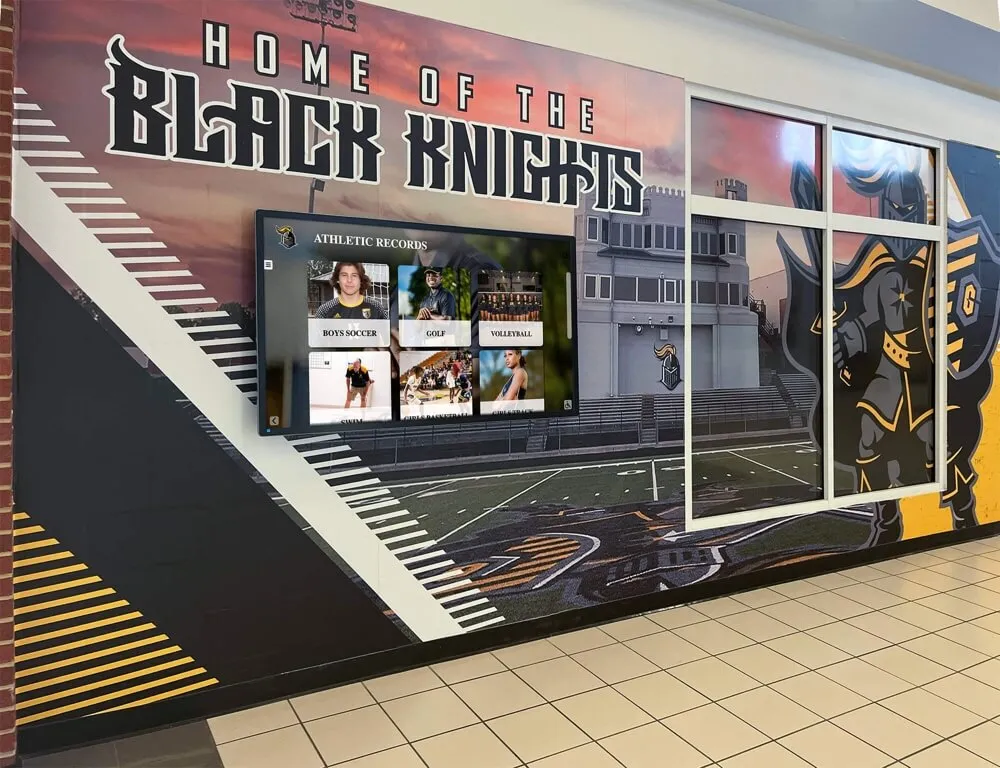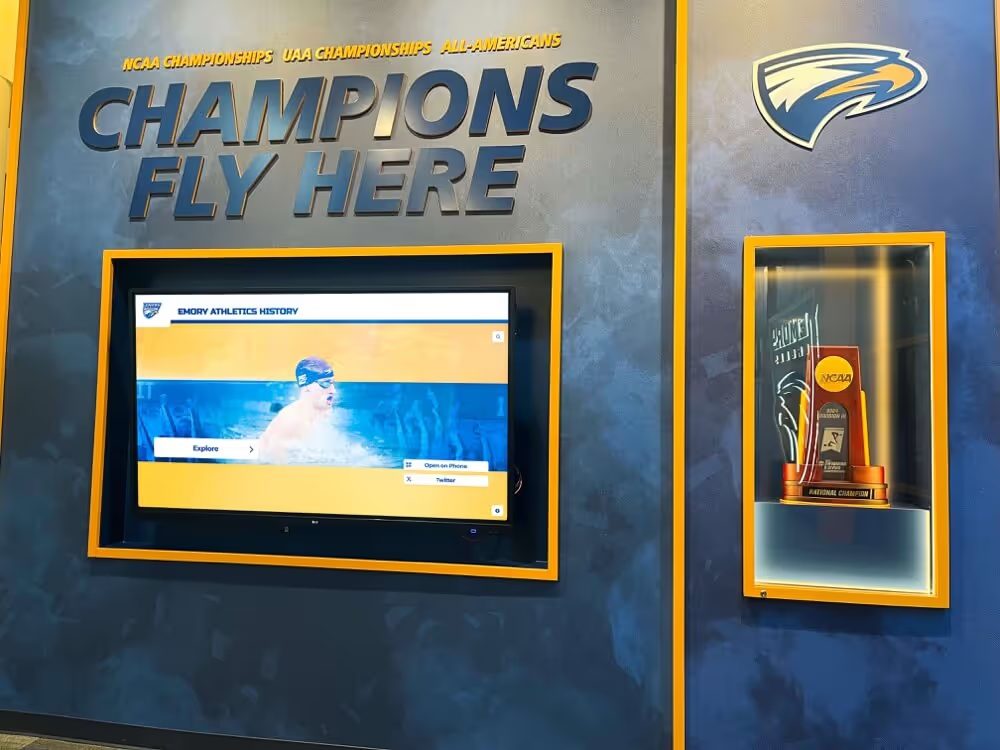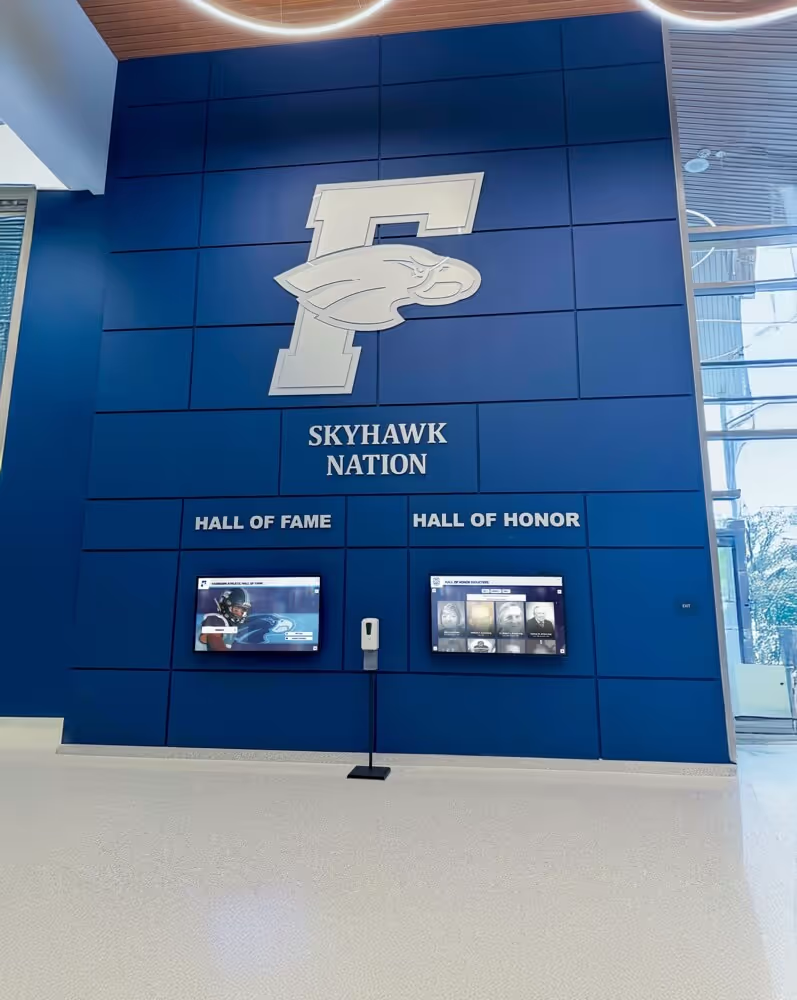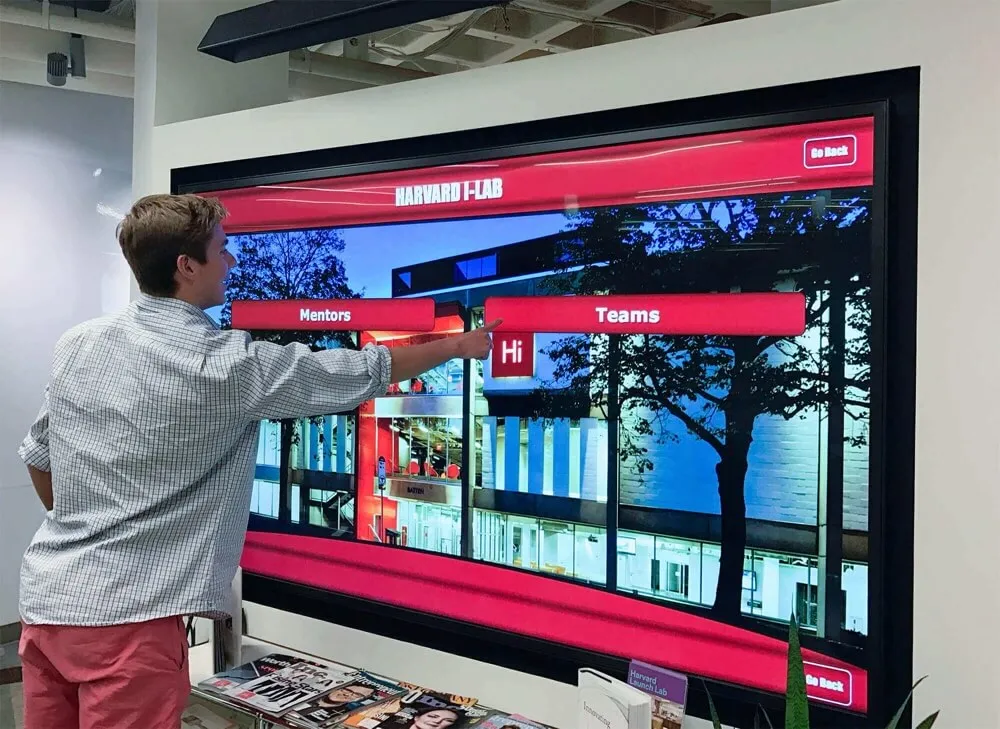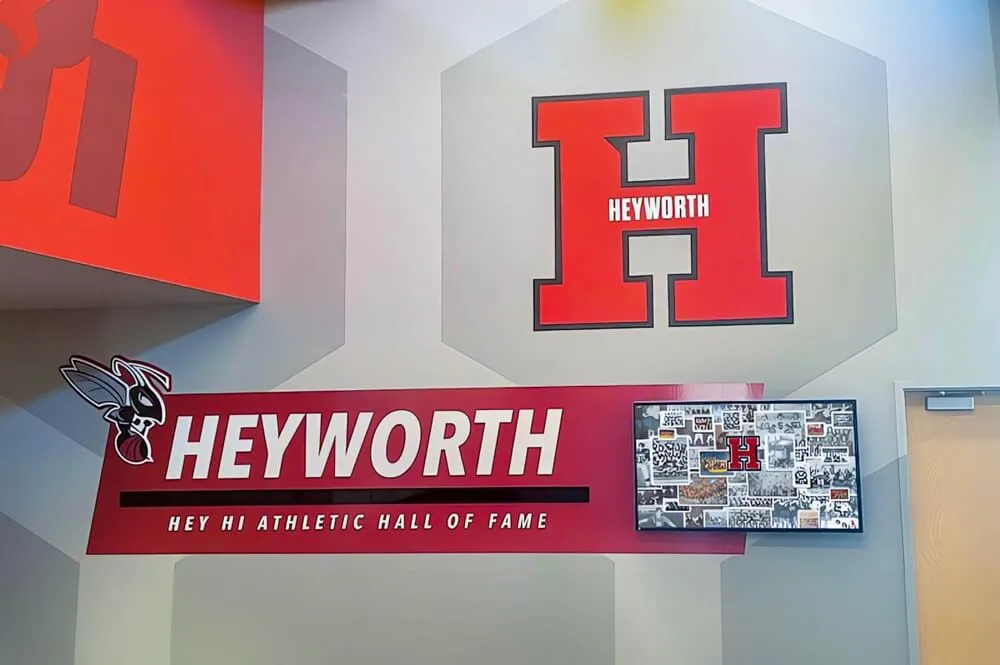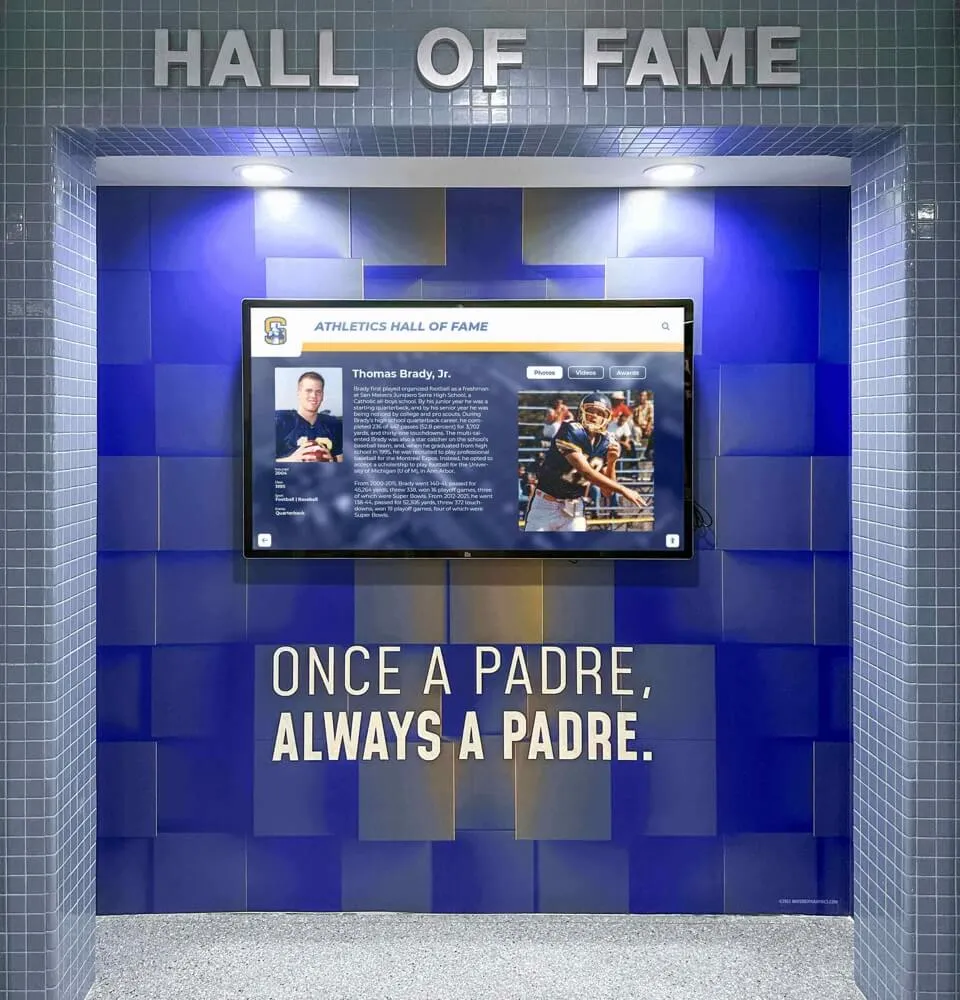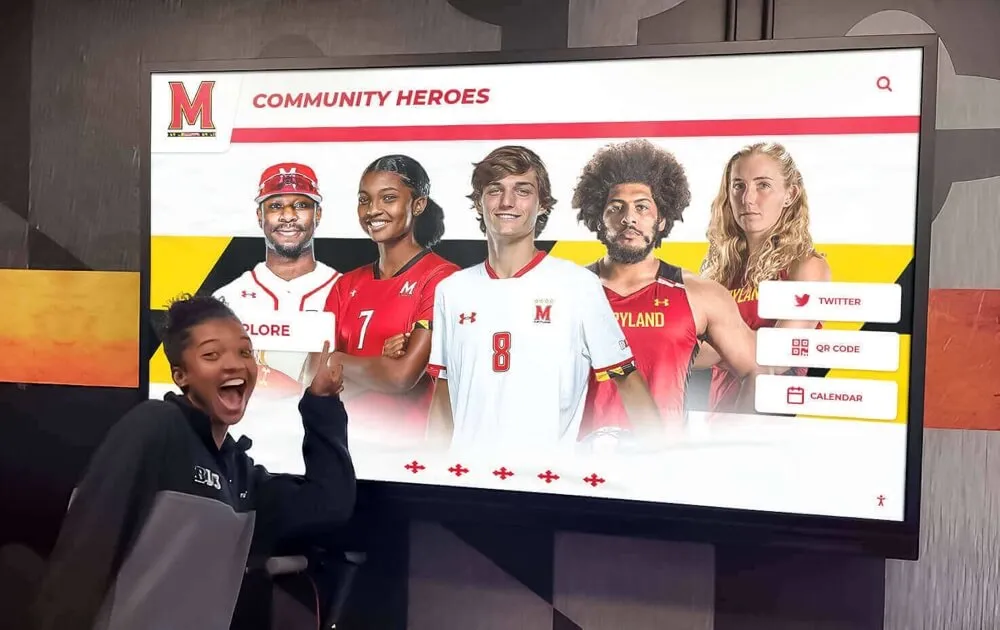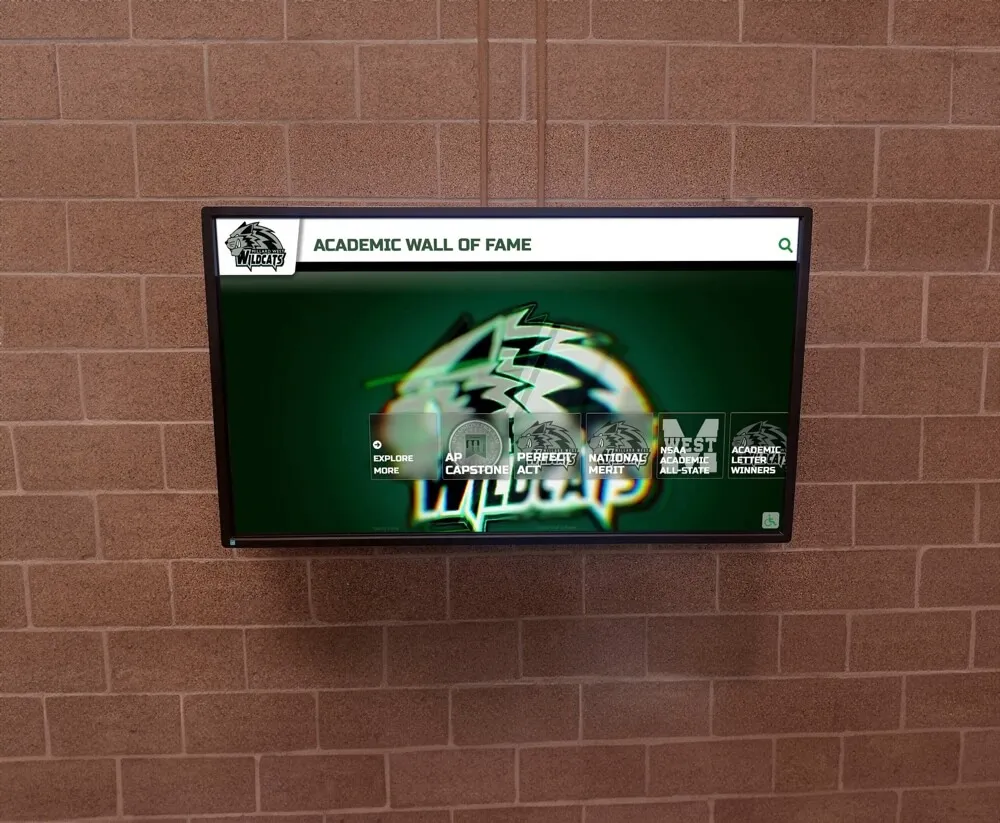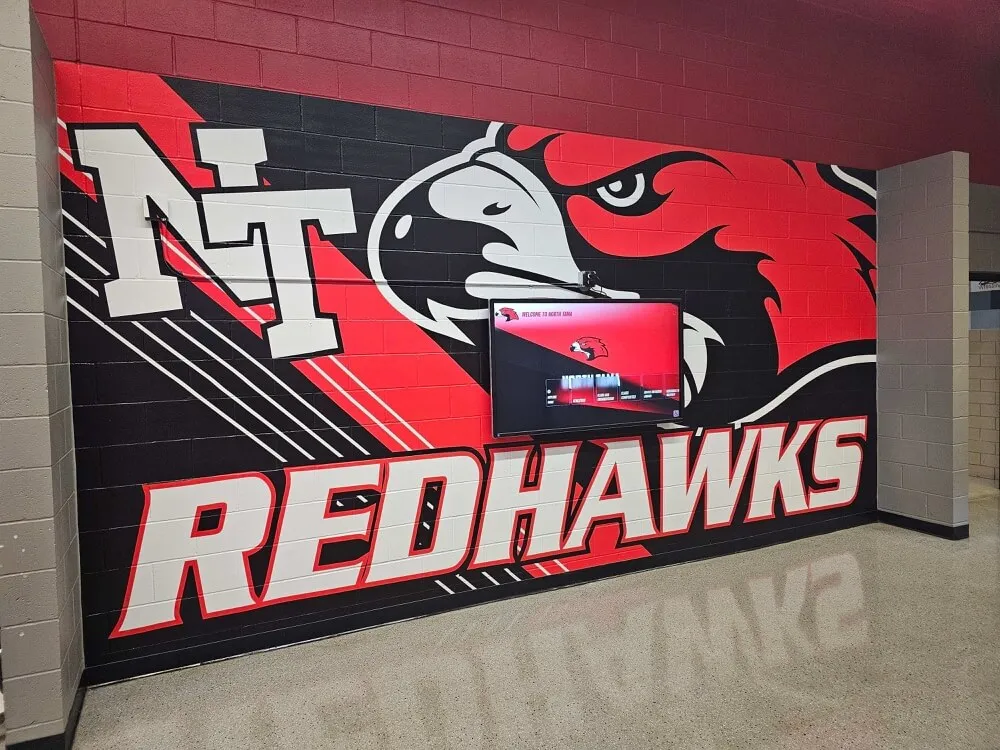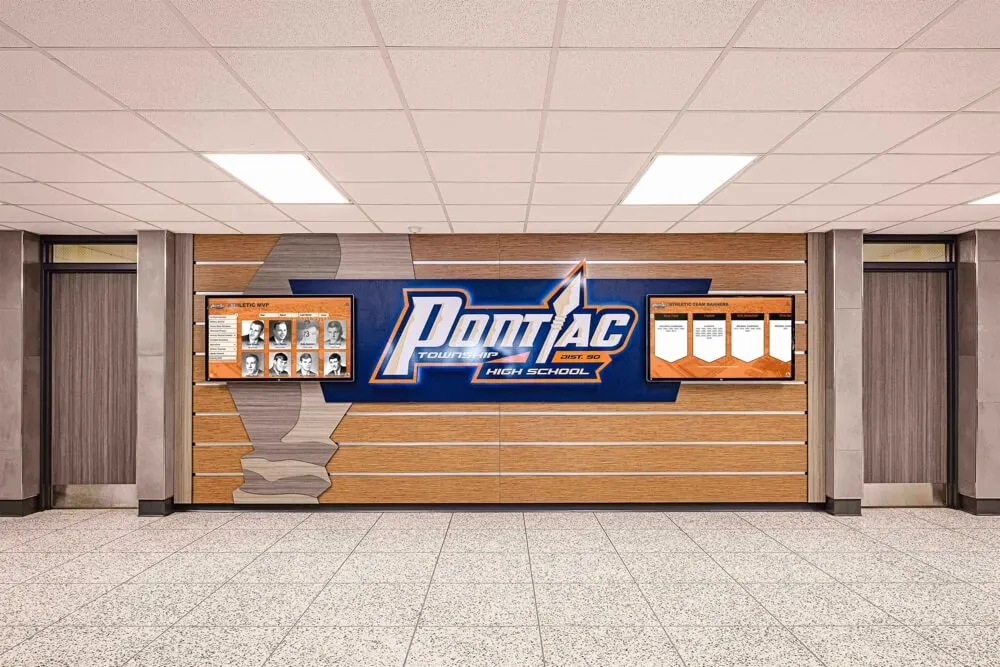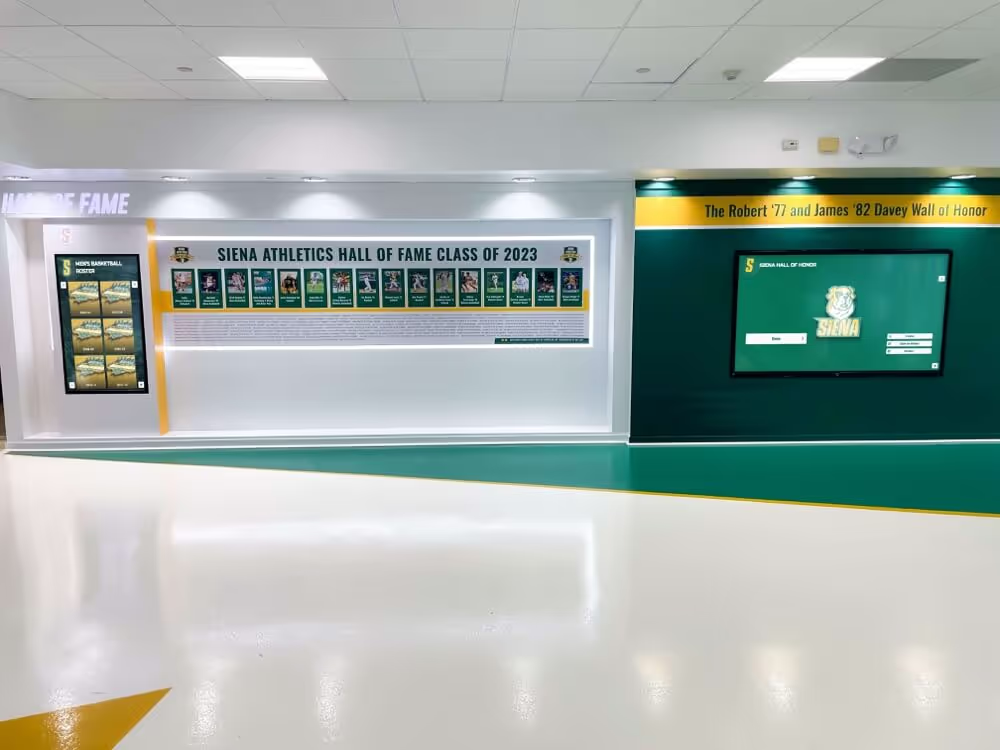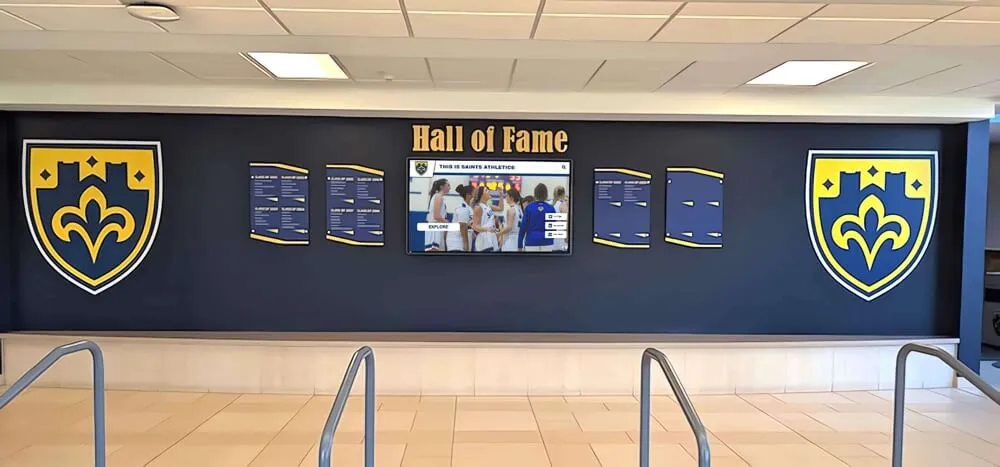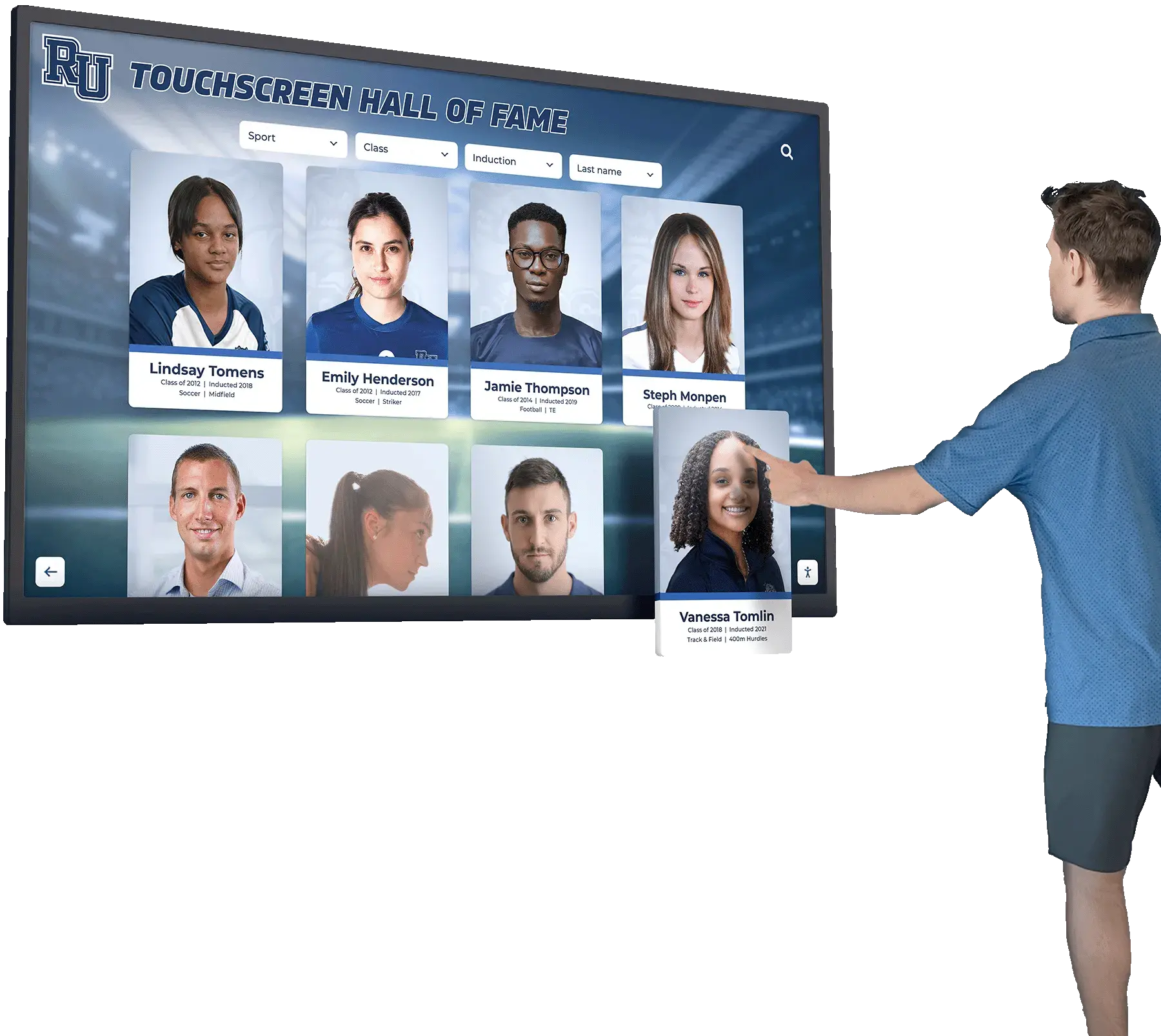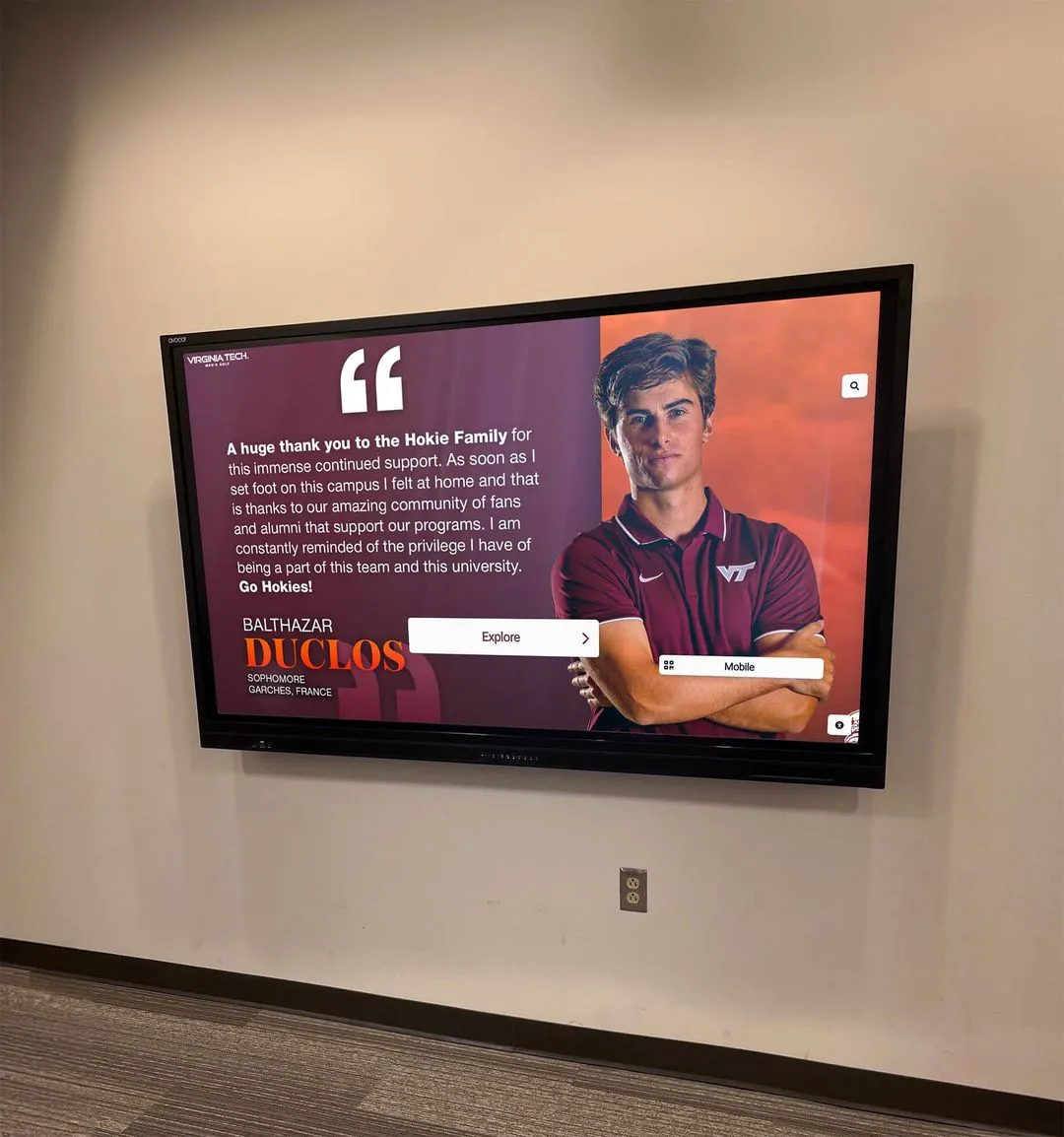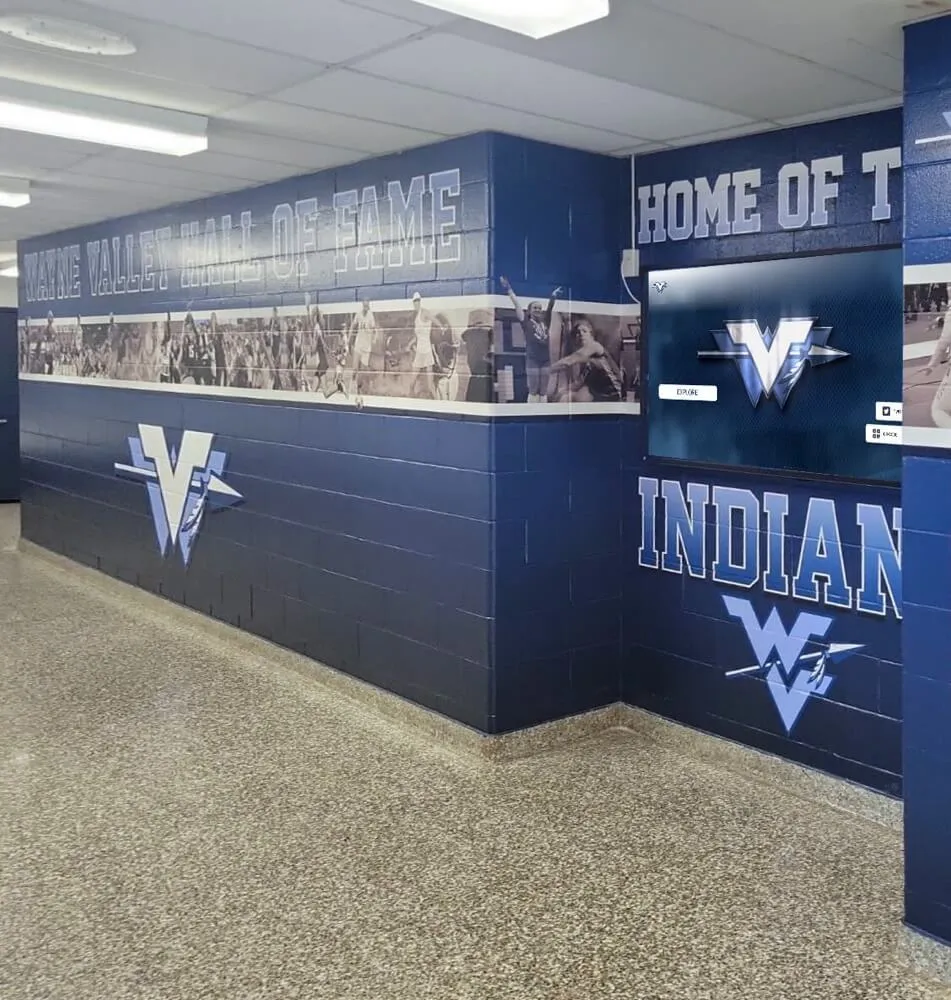Key Takeaways
Discover 20 proven recognition solutions with real examples, implementation strategies, and ROI data. Complete guide to digital recognition systems for businesses and schools.
Understanding Modern Recognition Solutions
Recognition solutions encompass the technologies, processes, and strategies organizations use to acknowledge achievements, celebrate milestones, and build lasting connections with their communities. The most effective solutions combine multiple approaches to create comprehensive recognition ecosystems.
Core Categories of Recognition Solutions
Employee Recognition Systems: Focus on workforce motivation, performance improvement, and retention through peer-to-peer recognition, manager acknowledgment, and milestone celebrations.
Alumni Recognition Platforms: Designed for educational institutions to maintain long-term relationships, support fundraising efforts, and preserve institutional legacy through digital archives and interactive displays.
Customer Recognition Programs: Build brand loyalty and encourage repeat business through rewards, exclusive access, and public acknowledgment of customer achievements.
Community Recognition Initiatives: Celebrate civic contributions, volunteer efforts, and community leadership to strengthen local bonds and encourage continued participation.
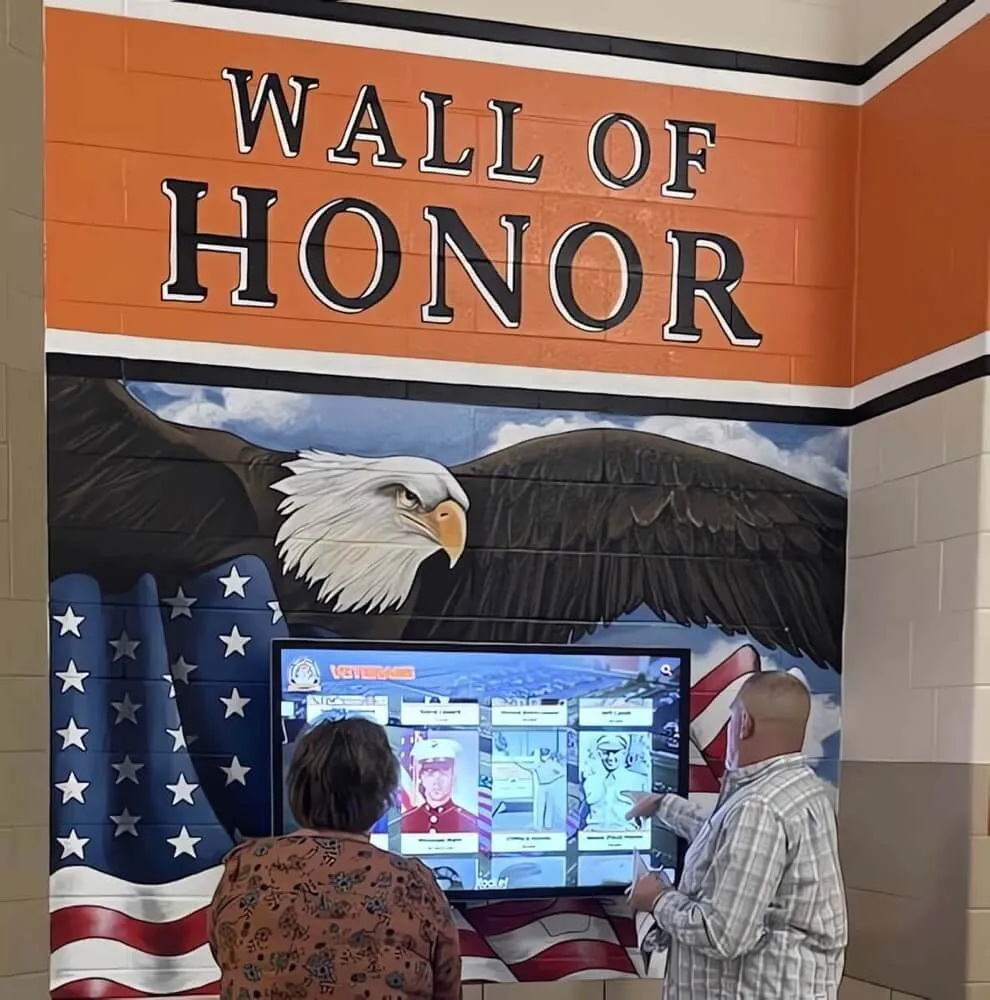
20 Proven Recognition Solution Examples
Digital Platform Solutions (1-8)
1. Points-Based Recognition Systems Organizations like Microsoft and Google use sophisticated points-based platforms where employees can award each other recognition points redeemable for rewards. These systems typically see 40-60% participation rates and measurable improvements in employee satisfaction.
Implementation approach: Integration with existing HR systems, mobile accessibility, and diverse reward catalogs covering experiences, merchandise, and charitable donations.
2. Social Recognition Feeds Companies like Salesforce implement social-media-style recognition feeds where achievements are shared across the organization. This approach increases visibility and creates a culture of continuous acknowledgment.
Key features: Real-time posting, commenting capabilities, achievement categorization, and integration with company communications platforms.
3. Peer-to-Peer Nomination Platforms Organizations use systems where employees can nominate colleagues for various award categories, creating grassroots recognition that identifies top performers across all levels.
Success metrics: 75% of Fortune 500 companies report improved team collaboration and cross-departmental relationships through peer nomination systems.
4. Milestone Recognition Automation Automated systems that recognize work anniversaries, project completions, and personal achievements without requiring manual intervention from HR teams.
ROI impact: Companies report 30-50% reduction in recognition program administration costs while maintaining or improving recognition frequency.
5. Performance-Linked Recognition Systems that automatically recognize employees based on achieving specific KPIs, sales targets, or project milestones, ensuring consistent recognition tied directly to business objectives.
6. Values-Based Recognition Programs Platforms that align recognition with organizational core values, helping reinforce culture while celebrating achievements that embody company principles.
7. Team Achievement Platforms Solutions focused on recognizing group accomplishments, project completions, and collaborative successes that might otherwise go unnoticed in individual-focused systems.
8. Multi-Language Global Recognition International organizations implement recognition solutions that operate across languages and cultures, ensuring inclusive recognition practices worldwide.
Interactive Display Solutions (9-12)
9. Digital Walls of Fame Interactive touchscreen displays that showcase achievements through multimedia content, searchable databases, and engaging user experiences. Solutions like Rocket Alumni Solutions transform traditional recognition into dynamic, engaging platforms.
Educational impact: Schools report 25-45% increases in alumni engagement and 20-35% improvements in fundraising results after implementing digital walls of fame.
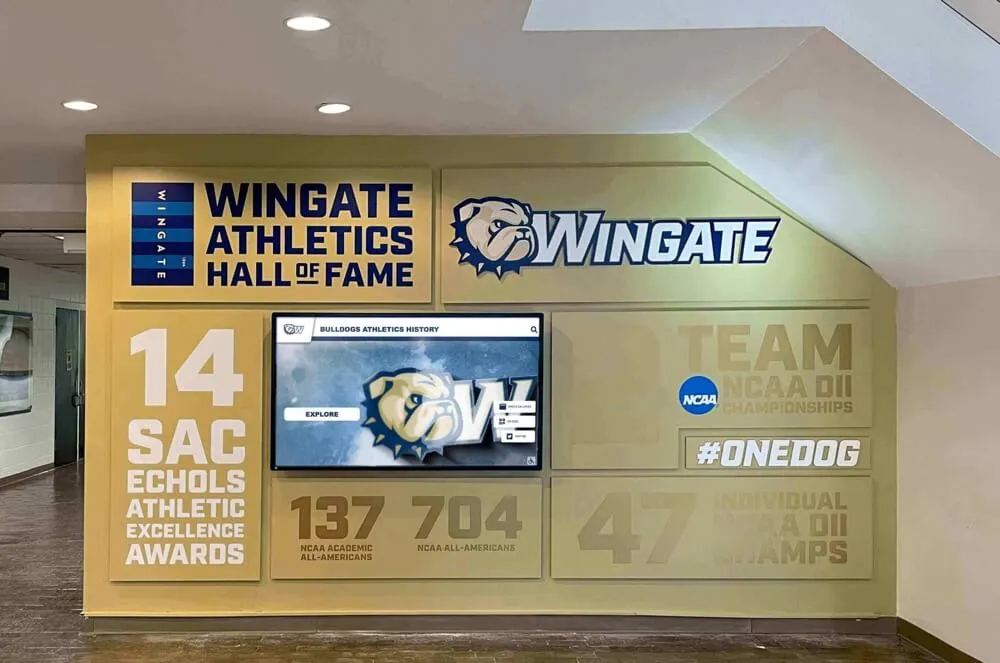
Modern digital walls of fame offer unlimited recognition capacity, easy content updates, and interactive features that traditional displays cannot match. These systems serve as powerful alumni engagement tools while preserving institutional history for future generations.
10. Lobby Recognition Displays Large-format digital displays in high-traffic areas that rotate through achievement highlights, creating visibility for recognition across the entire organization.
11. Department-Specific Recognition Kiosks Targeted recognition displays for specific departments or functions, allowing teams to celebrate achievements relevant to their work while maintaining organization-wide visibility.
12. Mobile Recognition Stations Portable digital recognition solutions that can be moved between locations, events, and gatherings to ensure recognition opportunities reach all organizational areas.
Hybrid Recognition Ecosystems (13-16)
13. Event-Integrated Recognition Recognition solutions that tie into organizational events, conferences, and gatherings, creating memorable moments that reinforce achievement celebration.
14. Mentorship Recognition Programs Systems that acknowledge both mentors and mentees, creating recognition loops that encourage knowledge transfer and professional development.
15. Innovation Recognition Platforms Specialized recognition for creative contributions, process improvements, and innovative thinking that drives organizational advancement.
16. Cross-Functional Recognition Networks Solutions that recognize collaboration between departments, breaking down silos while celebrating the interdisciplinary work that drives success.
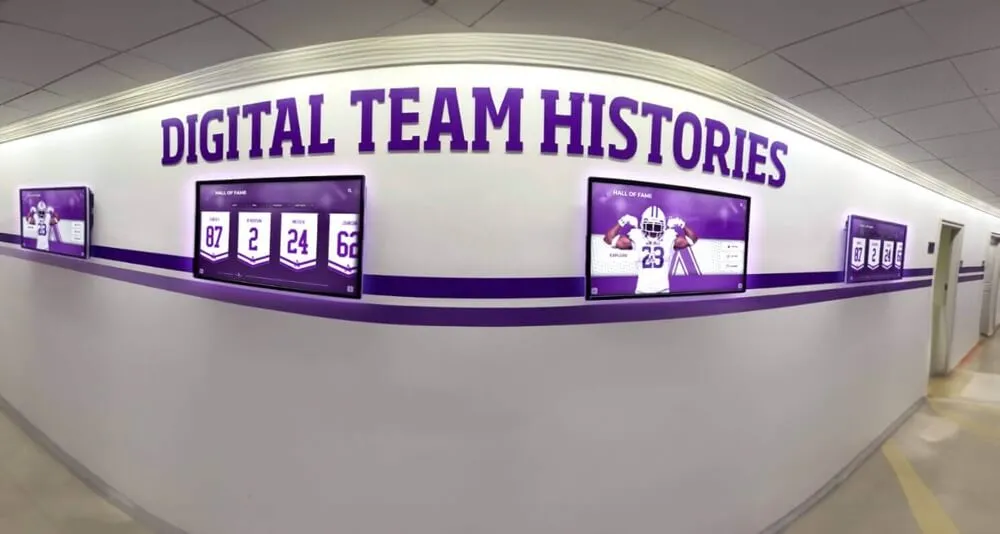
Industry-Specific Recognition Solutions (17-20)
17. Healthcare Recognition Systems Specialized platforms for healthcare organizations that recognize patient care excellence, safety achievements, and clinical innovations while maintaining HIPAA compliance and professional standards.
Unique features: Patient feedback integration, safety milestone tracking, continuing education recognition, and multi-shift acknowledgment capabilities.
18. Educational Institution Recognition Comprehensive solutions for schools and universities that combine faculty recognition, student achievement celebration, and alumni engagement in unified platforms.
Implementation example: Rocket Alumni Solutions’ touchscreen software provides schools with complete recognition ecosystems that serve current students, faculty, and alumni through interactive digital displays and content management systems.
19. Manufacturing Recognition Programs Safety-focused recognition solutions that celebrate accident-free periods, process improvements, and quality achievements while supporting lean manufacturing principles.
Safety impact: Organizations report 20-40% reductions in workplace incidents when implementing comprehensive safety recognition programs.
20. Non-Profit Recognition Solutions Volunteer appreciation platforms that acknowledge diverse contribution types, from time donations to skill sharing, helping non-profits maintain engagement with their supporter communities.
Engagement results: Non-profits using structured recognition solutions report 35-55% higher volunteer retention rates and increased donation frequency from recognized contributors.
Implementation Strategy Framework
Phase 1: Assessment and Planning
Organizational Readiness Evaluation
- Current recognition practices audit
- Stakeholder engagement assessment
- Technology infrastructure review
- Budget and resource allocation planning
Goal Setting and Success Metrics
- Clear recognition objectives definition
- Measurable outcome identification
- Timeline establishment
- Success criteria agreement
Phase 2: Solution Selection
Technical Considerations
- Integration capabilities with existing systems
- Scalability for future growth
- Mobile accessibility and responsive design
- Data security and privacy compliance
- Customization flexibility
User Experience Factors
- Intuitive interface design
- Recognition ease and efficiency
- Search and discovery features
- Social sharing capabilities
- Multimedia content support
Phase 3: Implementation and Launch
Content Strategy Development Modern recognition solutions require thoughtful content strategies that balance historical preservation with ongoing recognition needs. For educational institutions, this might involve digitizing decades of achievement records while establishing processes for future content creation.
Training and Change Management Successful recognition solution adoption requires comprehensive training programs that cover not just system operation, but recognition best practices and cultural integration strategies.
Launch Strategy and Communication Effective launches combine system introduction with recognition program promotion, ensuring high initial engagement that establishes long-term usage patterns.
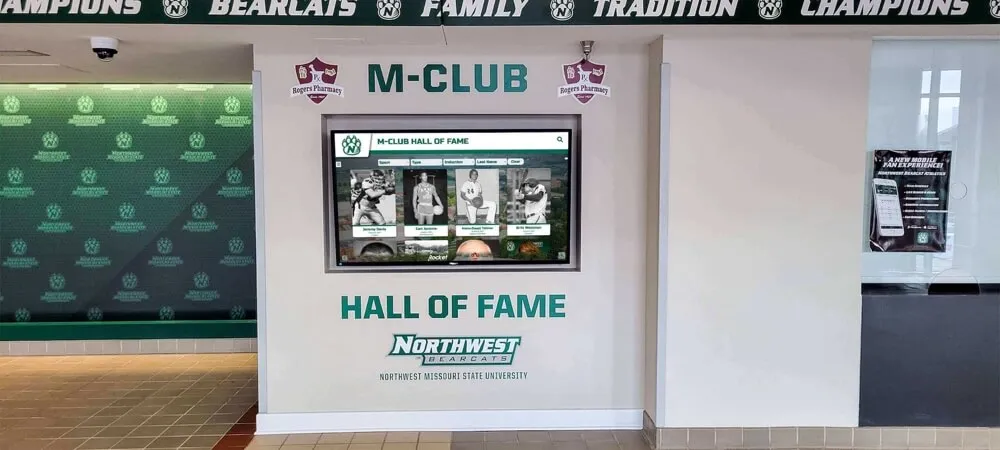
ROI and Impact Measurement
Quantitative Metrics
Employee Engagement Improvements
- Recognition frequency increases: 40-80% typical improvement
- Employee satisfaction scores: 15-30% average increase
- Retention rate improvements: 20-45% reduction in turnover
- Productivity metrics: 10-25% performance gains
Alumni Engagement Results Educational institutions implementing comprehensive recognition solutions report significant engagement improvements:
- Alumni participation increases: 25-50%
- Donation frequency improvements: 20-40%
- Event attendance growth: 30-60%
- Social media engagement: 45-75% increase
Qualitative Benefits
Cultural Transformation Organizations consistently report improved workplace culture, stronger sense of community, and better alignment with organizational values following recognition solution implementation.
Institutional Legacy Preservation For schools and universities, digital recognition solutions create lasting archives that preserve institutional history while making it accessible to future generations.
Technology Integration Considerations
System Integration Requirements
Modern recognition solutions must integrate seamlessly with existing organizational technology:
Human Resources Systems: Automatic employee data synchronization, milestone tracking, and performance metric integration ensure recognition programs stay current without manual updates.
Communication Platforms: Integration with email systems, intranets, and messaging platforms amplifies recognition impact by ensuring achievements reach relevant audiences.
Data Analytics Tools: Recognition data integration with business intelligence platforms enables organizations to track recognition impact on broader business metrics.
Mobile and Accessibility Features
Mobile-First Design: Recognition solutions must function effectively on smartphones and tablets, enabling recognition from any location at any time.
Accessibility Compliance: Modern recognition platforms incorporate accessibility features ensuring all organizational members can participate regardless of physical capabilities or technical limitations.
Emerging Trends and Future Developments
Artificial Intelligence Integration
Recognition Pattern Analysis: AI systems identify recognition gaps and suggest opportunities to ensure equitable acknowledgment across all organizational levels and departments.
Personalization Algorithms: Advanced platforms use machine learning to customize recognition experiences based on individual preferences and engagement patterns.
Virtual and Augmented Reality Applications
Forward-thinking organizations experiment with VR and AR recognition experiences, creating immersive celebration environments that enhance recognition impact and memorability.
Blockchain and Digital Credentialing
Some recognition solutions integrate blockchain technology to create verifiable digital credentials that recipients can share across professional networks and social media platforms.
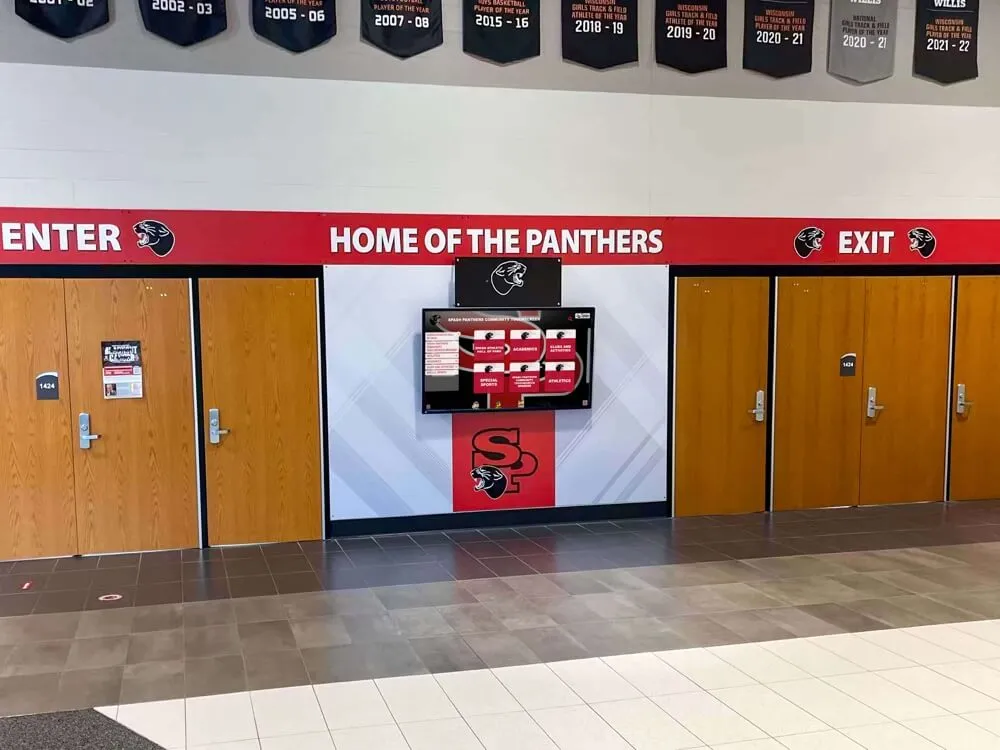
Choosing the Right Recognition Solution
Organizational Size Considerations
Small Organizations (Under 100 members) Simple, cost-effective solutions that provide core recognition functionality without complex administrative overhead. Focus on ease of use and quick implementation.
Medium Organizations (100-1000 members) Scalable solutions that offer more sophisticated features like reporting, integration capabilities, and customization options while remaining manageable for small IT teams.
Large Organizations (1000+ members) Enterprise-level solutions with advanced analytics, multiple integration points, global support, and extensive customization capabilities.
Industry-Specific Requirements
Educational Institutions Recognition solutions for schools and universities require unique capabilities like alumni relationship management, fundraising integration, and long-term content preservation. Solutions like Rocket Alumni Solutions specialize in creating comprehensive recognition ecosystems that serve educational institutions’ diverse needs.
Corporate Environments
Business recognition solutions emphasize performance tracking, career development support, and integration with professional development programs.
Non-Profit Organizations Volunteer-focused recognition platforms must accommodate diverse contribution types, flexible scheduling, and donor recognition alongside volunteer appreciation.
Implementation Best Practices
Launch Strategy Excellence
Pilot Program Approach Successful organizations often begin with pilot implementations in specific departments or groups, allowing for system refinement before organization-wide rollout.
Champion Network Development Identifying and training recognition champions throughout the organization ensures consistent program promotion and helps establish recognition as part of organizational culture.
Communication Campaign Integration Recognition solution launches require comprehensive communication strategies that explain benefits, demonstrate usage, and encourage participation across all organizational levels.
Ongoing Management Requirements
Content Quality Management Recognition solutions require ongoing attention to content quality, ensuring achievements are accurately represented and appropriately categorized.
User Engagement Monitoring Regular analysis of usage patterns helps identify engagement opportunities and ensures recognition solutions continue meeting organizational needs.
System Evolution Planning Successful recognition solutions evolve with organizational needs, requiring regular assessment and feature updates to maintain effectiveness.
Measuring Success and Optimization
Key Performance Indicators
Participation Metrics
- Active user percentages
- Recognition frequency rates
- Content creation volumes
- Search and discovery usage
Impact Measurements
- Employee satisfaction improvements
- Retention rate changes
- Performance metric correlations
- Organizational culture assessments
Continuous Improvement Strategies
User Feedback Integration Regular surveys and feedback collection ensure recognition solutions continue meeting user needs and expectations.
Data-Driven Optimization Usage analytics inform feature improvements, content strategy adjustments, and user experience enhancements.
Benchmarking and Comparison Organizations benefit from comparing their recognition solution results with industry benchmarks and best practices from similar organizations.
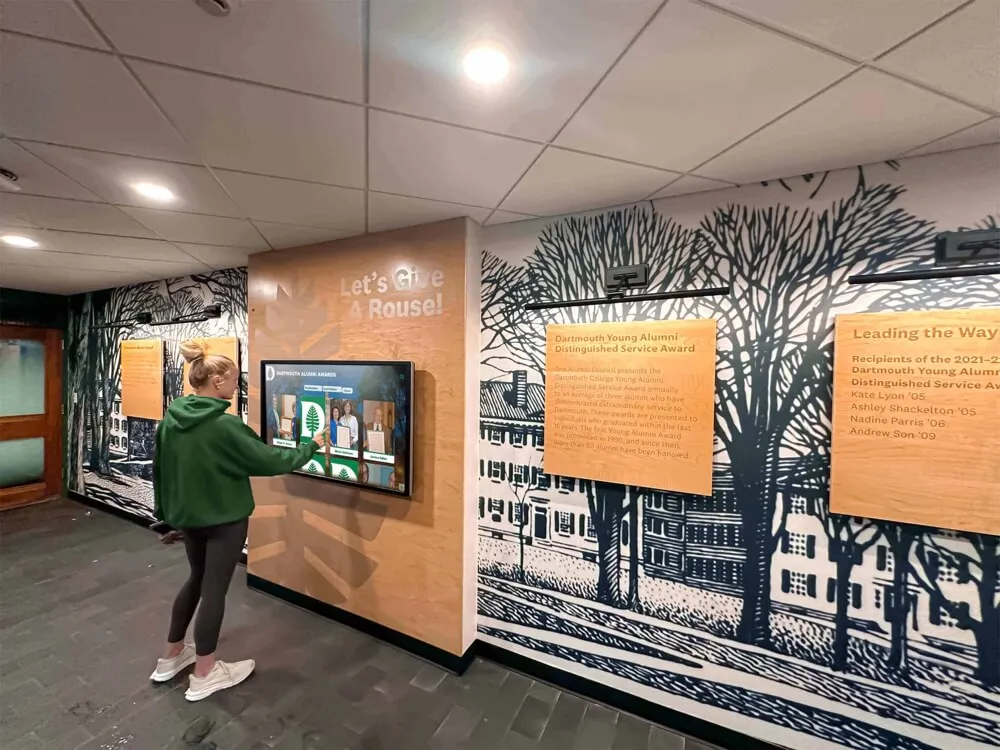
Security and Privacy Considerations
Data Protection Requirements
Modern recognition solutions must comply with privacy regulations like GDPR, CCPA, and industry-specific requirements while protecting sensitive employee and alumni information.
Access Control Management
User Permission Systems: Role-based access ensures appropriate recognition authority levels while protecting sensitive information from unauthorized access.
Audit Trail Maintenance: Comprehensive logging enables organizations to track recognition activity, ensuring accountability and regulatory compliance.
Cost-Benefit Analysis Framework
Initial Investment Considerations
Software Licensing: Platform licensing costs vary significantly based on features, user counts, and customization requirements.
Implementation Services: Professional services for setup, content migration, and training represent significant initial investments but ensure successful deployment.
Hardware Requirements: Digital display solutions require additional hardware investments but provide unique engagement opportunities unavailable through software-only approaches.
Ongoing Cost Management
Maintenance and Support: Annual maintenance costs typically range from 15-25% of initial investment but ensure system reliability and feature updates.
Content Management: Ongoing content creation and management require dedicated resources but are essential for recognition solution success.
Training and Development: Regular training ensures maximum utilization and return on recognition solution investments.
Conclusion
Recognition solutions represent strategic investments in organizational culture, engagement, and performance. The 20 examples explored in this guide demonstrate the diverse approaches available for organizations of all sizes and industries. Success depends on careful selection aligned with organizational goals, comprehensive implementation planning, and ongoing optimization based on user feedback and measurable results.
For educational institutions specifically, solutions like Rocket Alumni Solutions’ digital walls of fame offer specialized capabilities that address the unique needs of schools and universities. These comprehensive platforms combine alumni engagement, institutional legacy preservation, and community building in sophisticated digital environments that serve institutions for decades.
The key to recognition solution success lies not in the technology itself, but in the strategic approach to implementation, the commitment to ongoing management, and the integration of recognition practices into broader organizational culture and goals.
Ready to transform your organization's recognition approach? Whether you need employee engagement solutions or comprehensive alumni recognition systems, the right platform can drive measurable improvements in satisfaction, retention, and performance.
